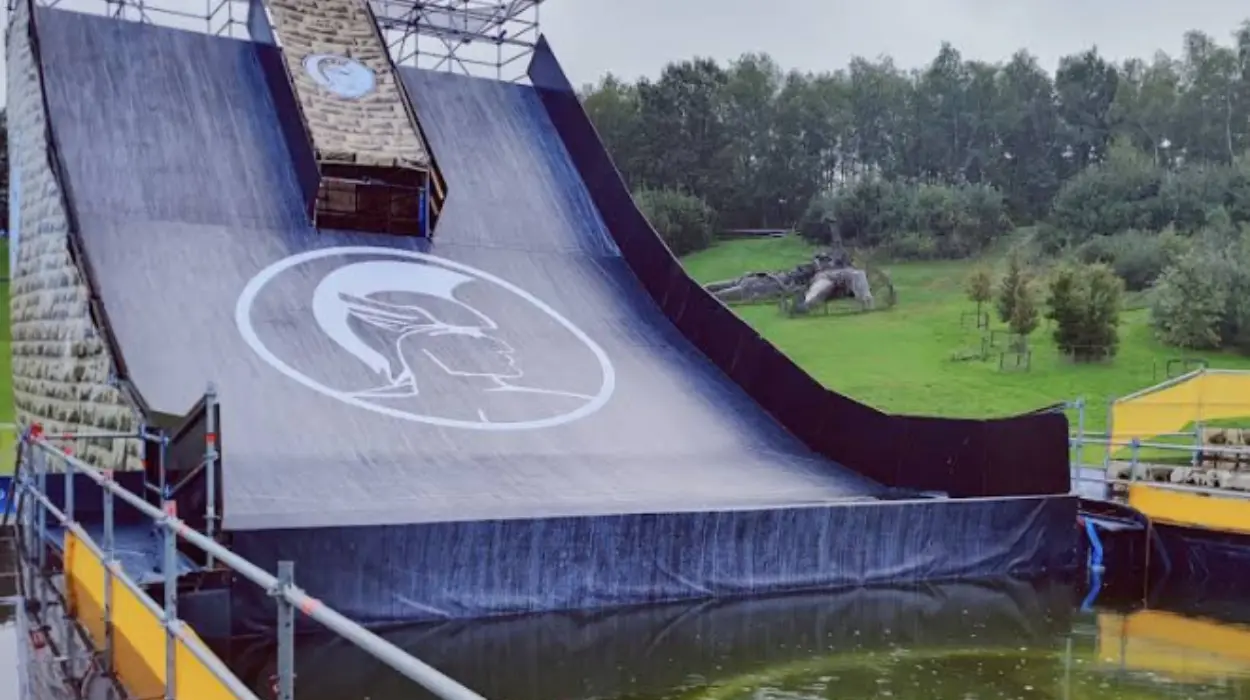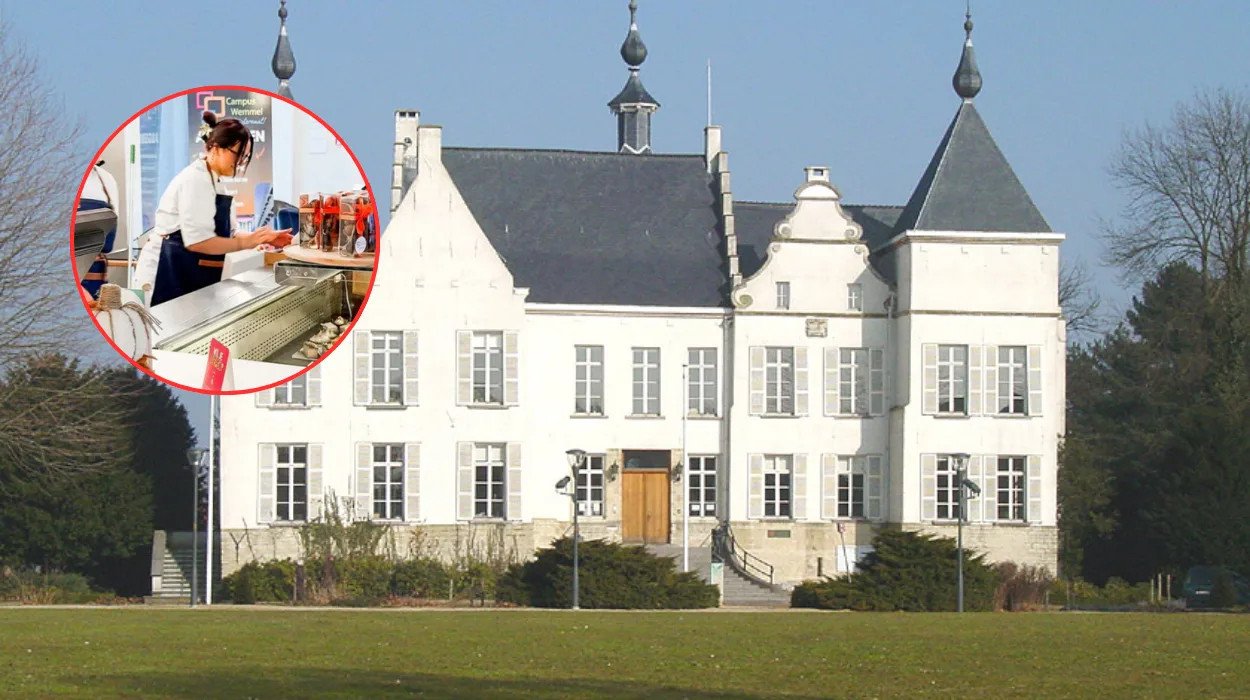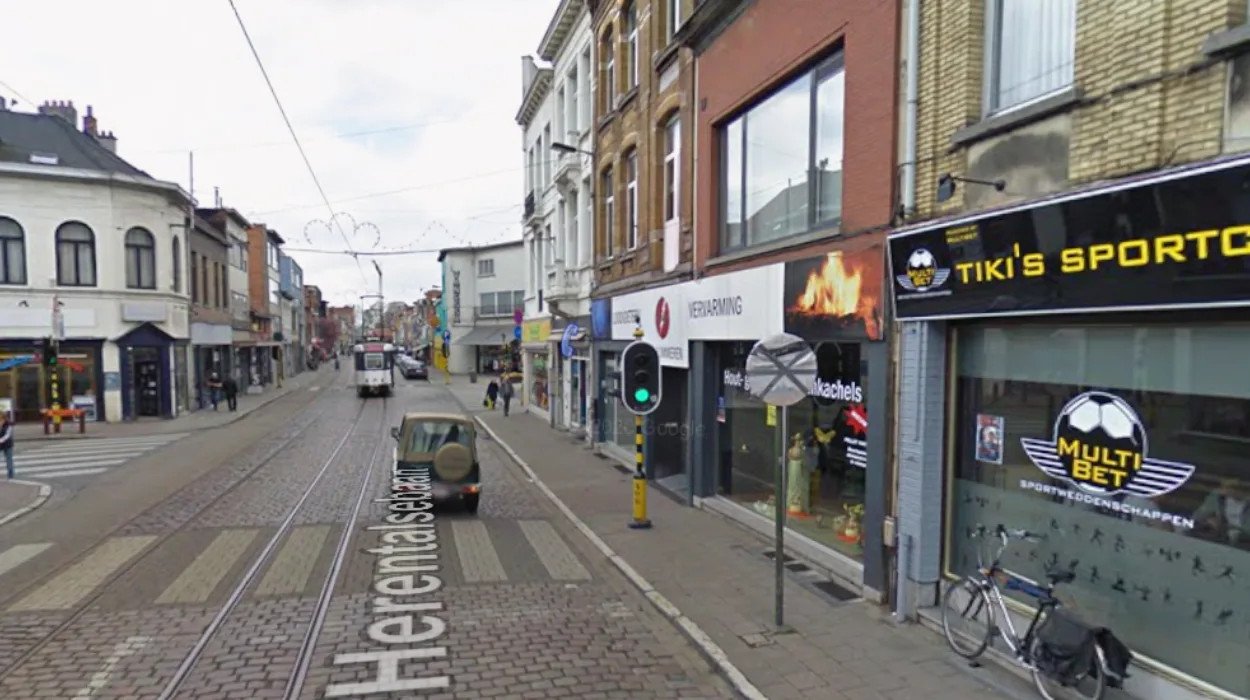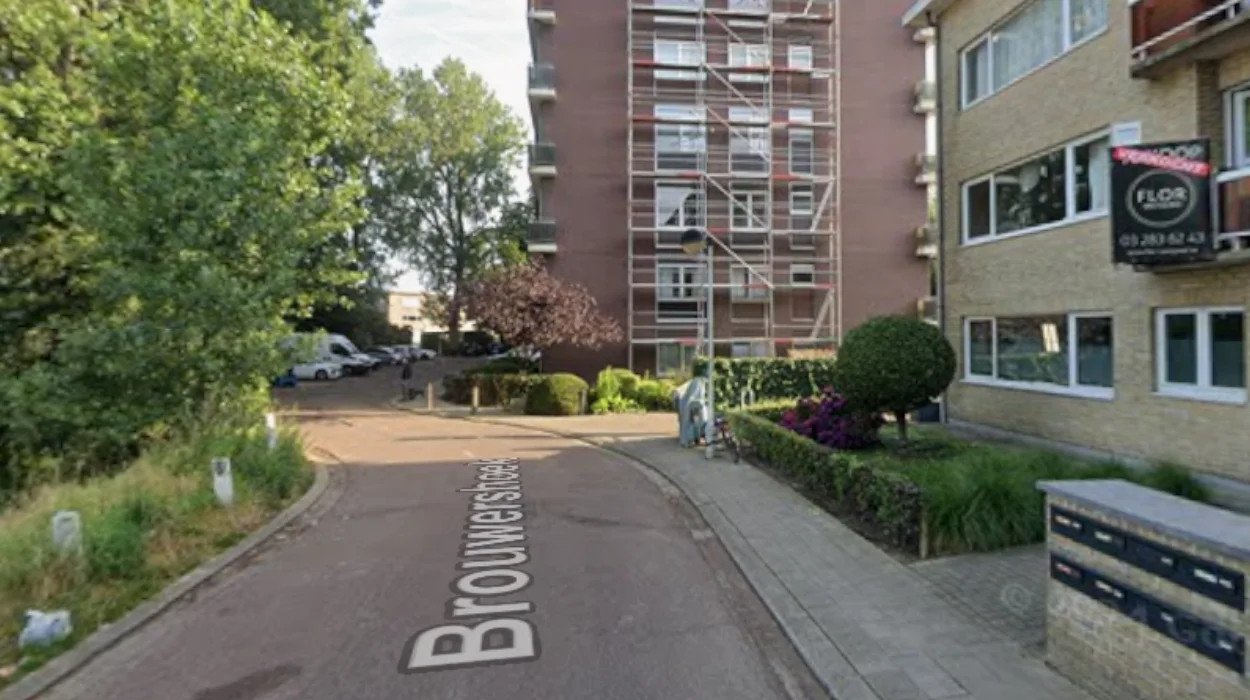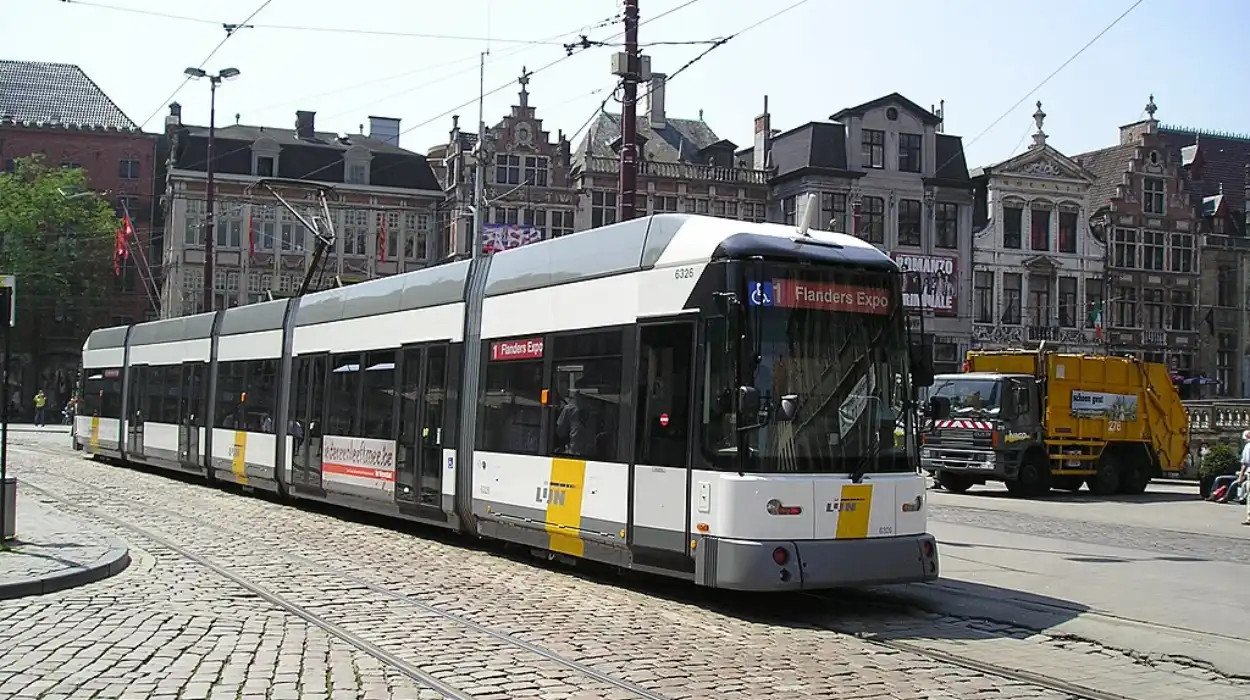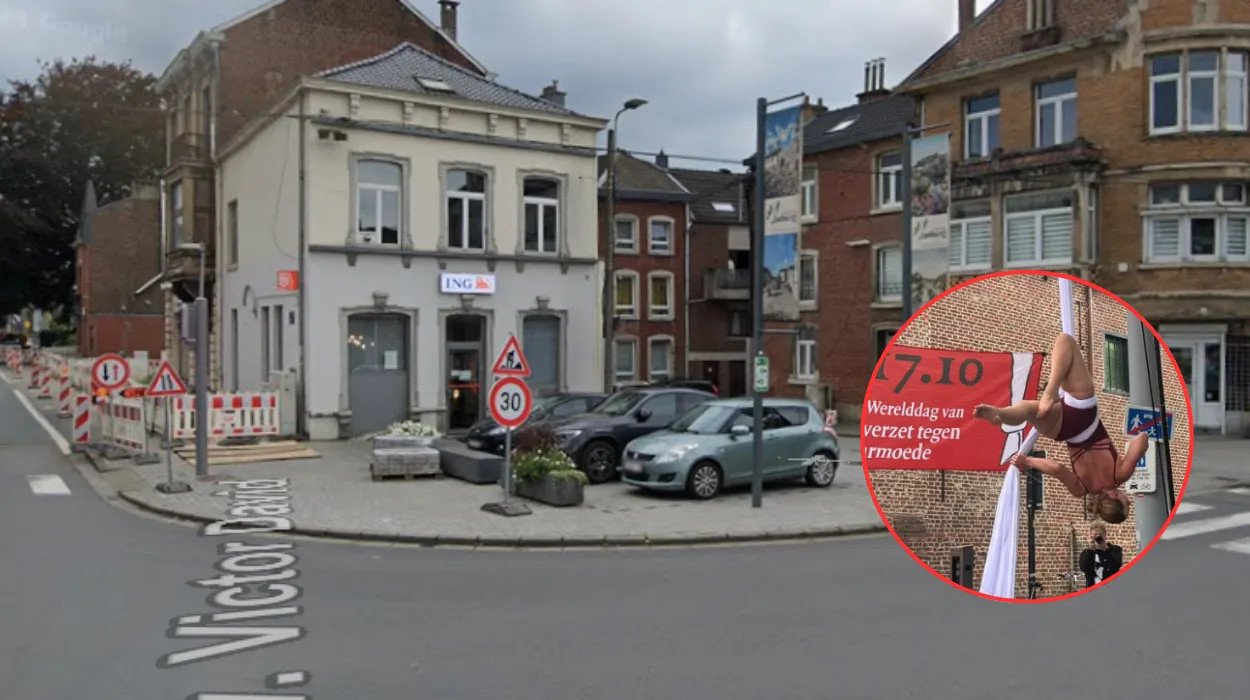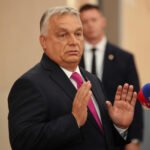Genk – Golazo has officially ended the Spartacus Run after a 12-year run in Boom and Genk’s Thor Park, citing declining interest, evolving trends, and escalating costs as contributing factors. However, a comeback could be possible if demand surges, reports 24brussels.
As VRT News reported, the organizer announced that after 12 years, the Spartacus Run in Boom and Genk has reached its conclusion. The event was marked by unforgettable experiences, passion, energy, and a strong sense of community. Nevertheless, officials deemed it time to close this chapter.
Participation levels began to plummet in 2024 when the Thor event in Genk was canceled, leaving only the race in Boom. Challenges such as the emergence of new sports trends, increased competition from similar events, and heightened operational costs complicated the race’s continuity.
“We had a fantastic edition in Boom back then, but now we’re choosing to end on a high note. The event has seen its best days,”
This sentiment was expressed by Gert Van Goolen, spokesperson for Golazo.
Factors Leading to the End of Spartacus Run
Van Goolen noted that while obstacle racing was at its peak a decade ago, the current trend is shifting towards marathons and half marathons. There is a growing preference for city running events that were once less favored, causing obstacle races to lose their appeal. Golazo remarked that changes in sporting trends are typical and tend to occur in cycles.
Van Goolen emphasized that the rise of urban running is inversely related to the decline in obstacle racing. He stated that organizers must stay attuned to public demand and evolve their events accordingly. Golazo is now redirecting efforts to other racing formats and has future projects in development. He mentioned the possibility of reviving the Spartacus Run if interest reignites.
Significance of the Spartacus Run
Initiated in 2012 and organized by Golazo, the Spartacus Run gained popularity as one of Belgium’s foremost obstacle races, attracting thousands of participants annually in Thor Park and De Schorre. The event reflected the global surge in obstacle racing, akin to competitions such as Tough Mudder and Spartan Race, challenging runners with mud pits, rope climbs, and water crossings over extensive distances. The run was also held in memory of Artur Aghajanyan.
